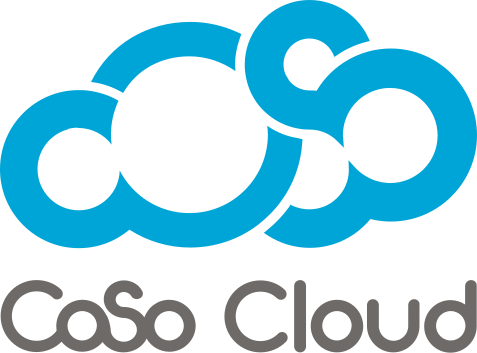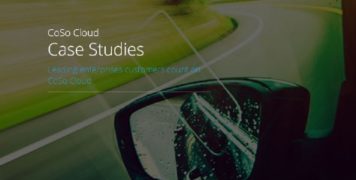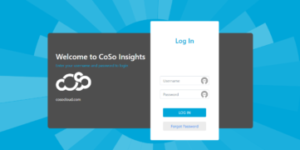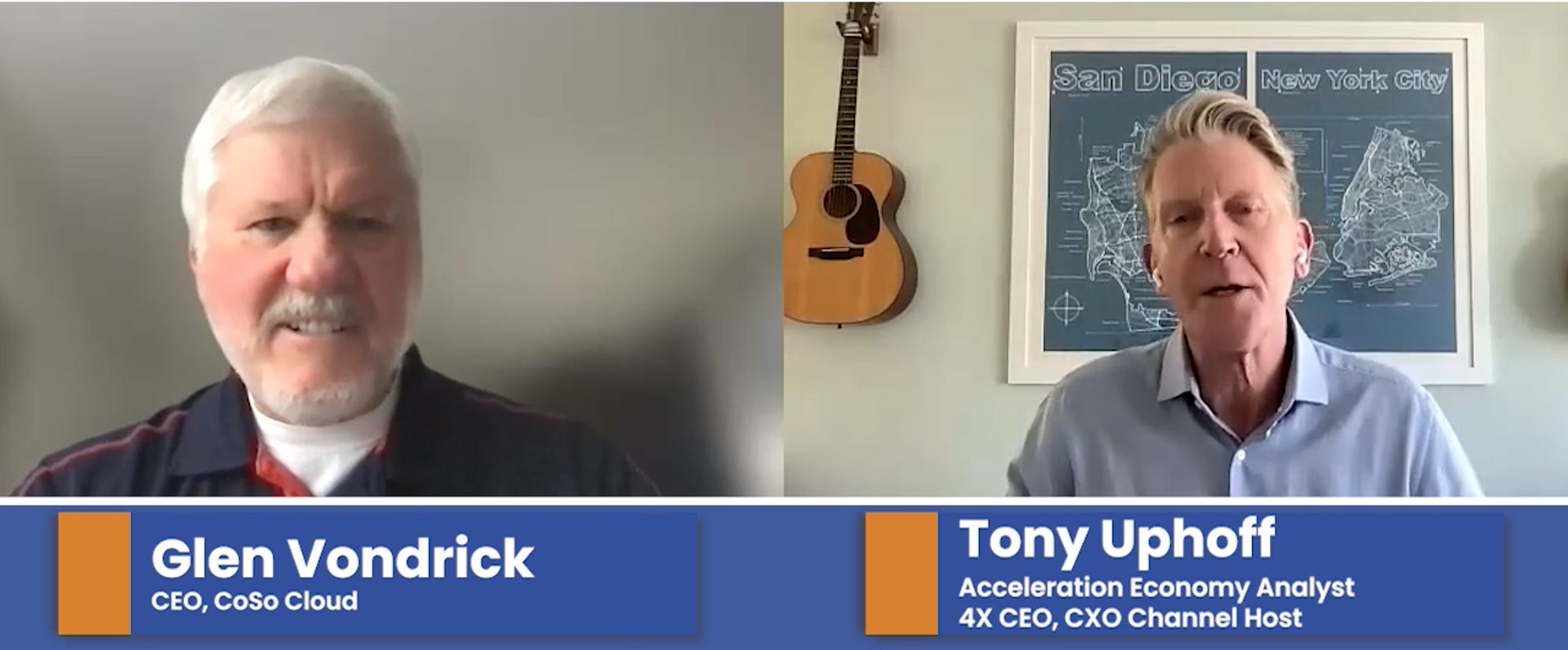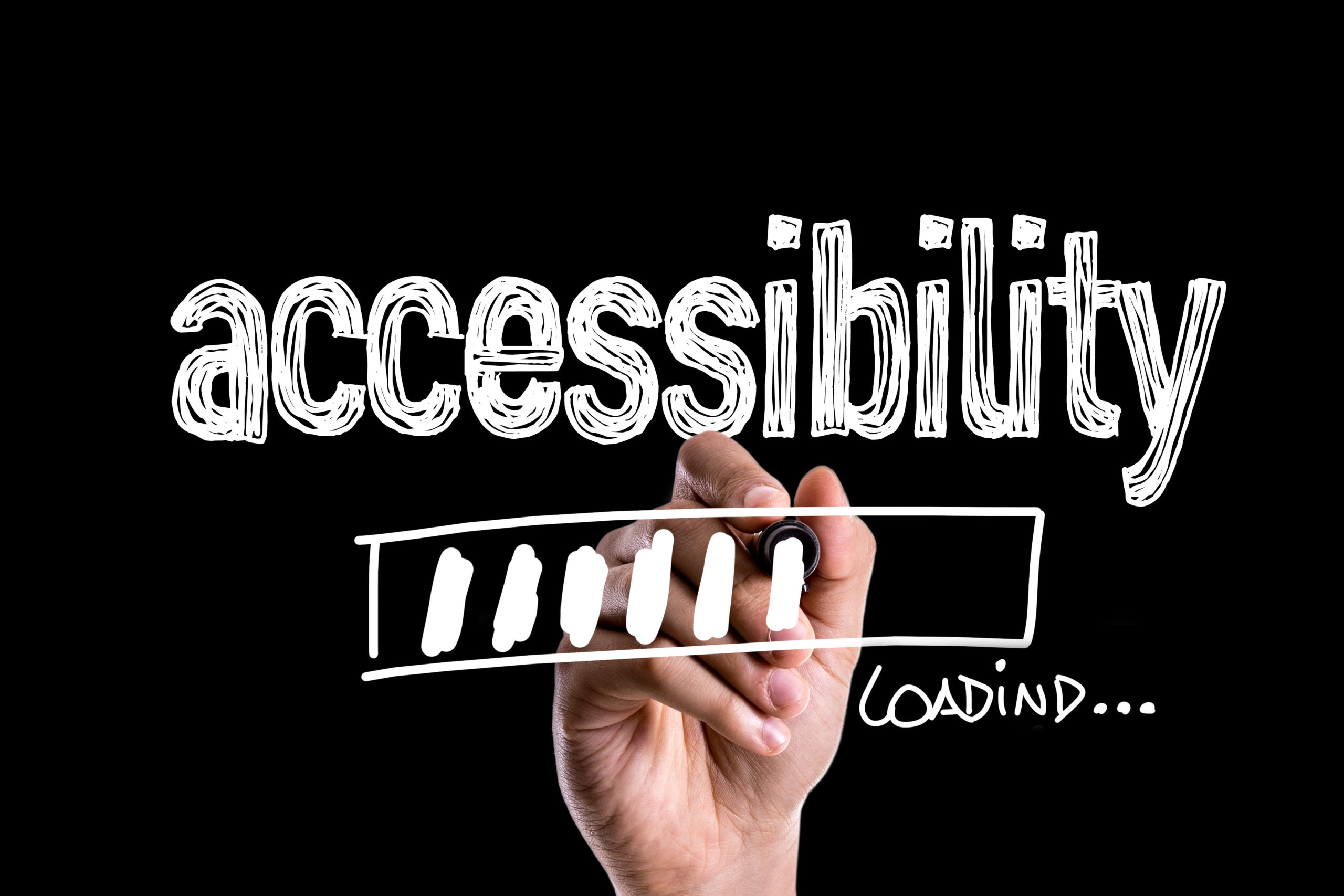
10 Tips for Making Your Meetings More Accessible (Part 2)
October 21, 2021
Last week we posted the first part of 10 Tips for Making Your Meetings More Accessible. This week, we’re wrapping up with Part 2.
As we wrote last week, while technology is clearly transforming business and our lives at work, employers may not be aware of the many incredible advancements that are also being made to help organizations better accommodate those with disabilities. Many of these technologies are easy to use, easy to implement and either inexpensive or covered by insurance.
Meetings, which are especially crucial, can also be especially difficult for the visual and hearing impaired. With that in mind, here are five more tips and technologies that employers can tap to help make their meetings more accessible:
- Visually impaired workers can use a braille embosser, an “impact printer” that converts text files into hard-copy braille using braille translation software. With such embossers, users can experience a presentation document and other in-meeting materials.
- For those with trouble hearing, video relay services exist that combine a computer with a web camera and a third-party sign language interpreter. This is a great enabler for any meeting conducted online.
- Sometimes accommodating people with vision or hearing problems can be a simple task, such as ensuring a meeting room is well lit or void of any unnecessary noise. Take time to review both the physical workplace and business policies to ensure all means of accommodating those with disabilities have been considered.
- Always be on the lookout for new and emerging accessibility technologies and built-in software or device features that are coming out all the time. NuEyes and AIRA are just two examples of smart glasses that help people with low or even no vision. The MIT Media Labs has developed a wearable finger device that detects and interprets printed text as the user runs his or her finger over it. BLITAB bills itself as the first ever braille tablet that creates tactile text and graphics for users in real time. Project Aslan is developing a 3D-printed “robot hand” that can translate spoken and written words into sign language gestures!
- CoSo Cloud offers accessibility capabilities such as the MP4 pod, which fully automates the process of converting a meeting to an easily accessibly MP4 file that can be viewed offline. In addition, MP4 offers a speech-to-text tool that fully annotates your meeting—line by line and word by word—to ensure all users can utilize the Adobe Connect web conferencing platform, regardless of any accessibility constraints or language barriers. Features like rewind and fast-forward, customizable font size and color, multiple language outputs and the ability to save and download transcripts enhance the experience for all meeting attendees, making it easy and convenient to ensure accessibility to all.
By embracing these and other assistive technologies, organizations can be more prepared to tap the talents of a large segment of the population that may otherwise have difficulty performing the required tasks.
CoSo Cloud is the leader in helping high-consequence industries, protect and secure your data for collaboration & training. Learn more about CoSo’s own offerings here. Interested in learning how to make sure your meetings are accessible, contact us today or sign up for a free trial!
